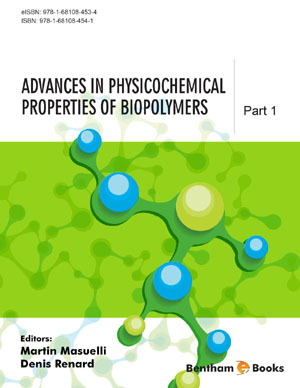Abstract
Small-angle scattering of X-rays (SAXS) or neutrons (SANS) is a wellestablished method to study the overall structure and structural transitions of biopolymers in solution. Determination of overall structural parameters such as the radius of gyration Rg, the molecular mass Mw or the hydrated volume V is now easily computed using appropriate free Softwares. In addition, increasingly sophisticated ab initio methods were developed over the last two decades for building structural models of biopolymers from x-ray and neutron solution scattering data. Even if most of the developments were focused on protein in solution, folded or intrinsically disordered, protein complexes or protein fibrils, ab initio methods were also used to calculate three-dimensional shape models of polysaccharides or nucleic acids. The models derived from experimental scattering pattern up to a resolution of 0.5 nm are classified as low resolution models compared to atomistic resolution structures using X-ray crystallography. The efficiency of the methods is illustrated in this chapter by focusing mainly on proteins or polysaccharides with unknown crystal structures and for which the ab initio reconstruction of three-dimensional models may help to define, in combination or not with other structural techniques, such as microscopy, overall dimensions and global shape. These methods improved the resolution and reliability of models derived from scattering data substantially and has made solution scattering, in combination with recent developments using size-exclusion chromatography, robotic sample changer or microfluidics, and a useful technique in high-throughput large-scale structural characterization of biopolymers.
Keywords: Ab initio, Complexes, Fibrils, Flexibility, Microfluidics, Modeling, Neutron, Pair distance distribution function, Polydispersity, Polysaccharide, Proteins, Radius of gyration, Sample changer, Size exclusion chromatography, Small-angle scattering, Three-dimensional structures, X-ray.






















